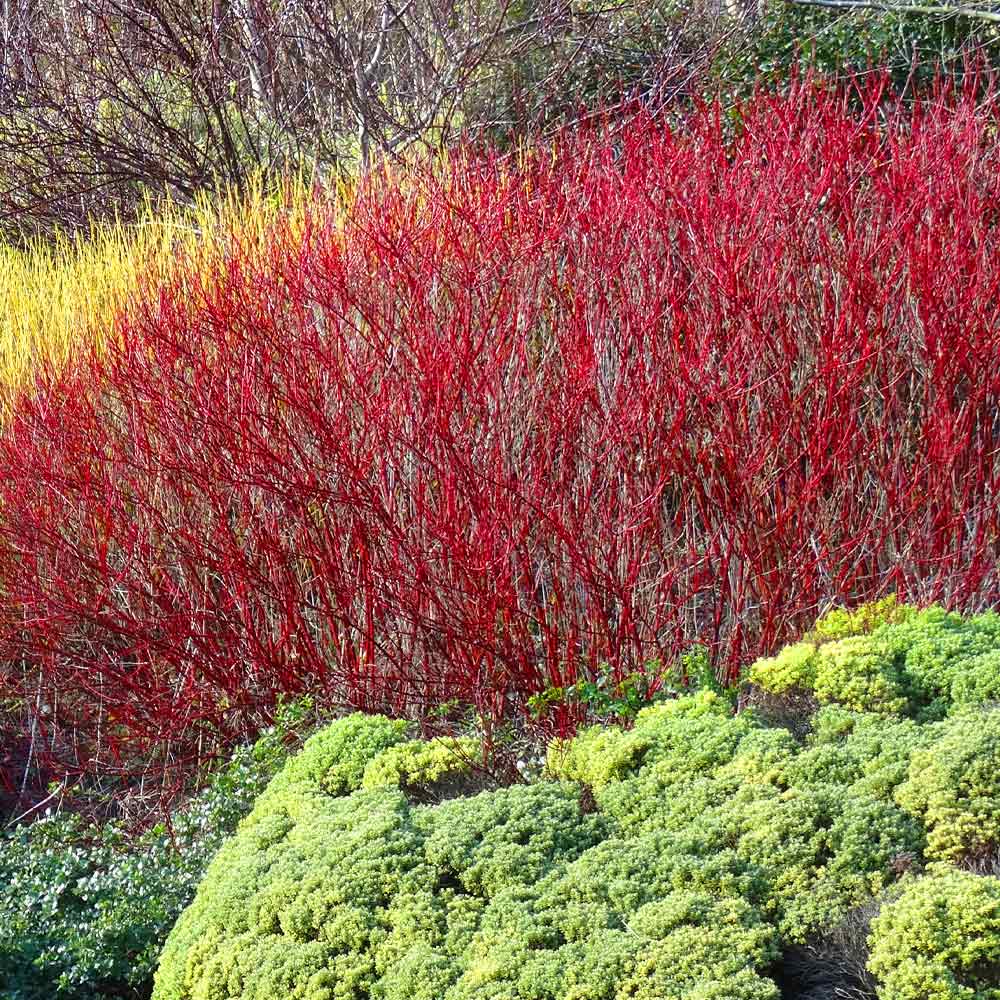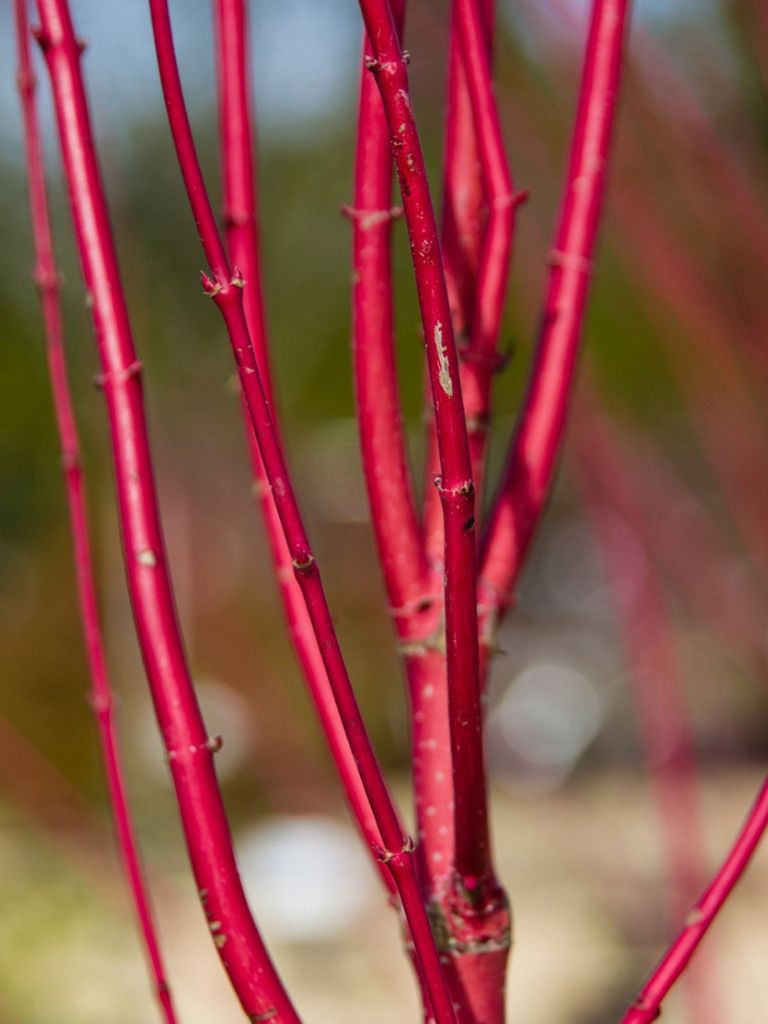
It is widely grown as an ornamental plant, whose available cultivars have been selected for their winter glowing colors.Sometimes you may have seen your well-maintained gardens getting damaged by foraging deer.

Cornus sericea is a species of dogwood native to much of North America (excluding the lower midwest and deep South).Propagated primarily by rooted stem cuttings.Alternatively, if severe pruning seems to be onerous, one-quarter or one-third of the oldest stems could be pruned in the early spring of each year, to stimulate the growth of new stems.

This radical pruning however means that you will have a bare spot in the garden for a few weeks and miss the creamy-white flowers or attractive berries since they only form on second-year growth. For the best display, cut the stems flush to the ground every 2-3 years in early spring, just as the leaf buds start to swell.
RED TWIG DOGWOOD SHRUB FULL


They develop their intense and showy coloration, usually bright red, in fall and winter. The stems are often numerous and beautifully radiate from the base of the shrub.across (240-360 cm), but there are many dwarfs or larger varieties available. It grows at a fast rate, typically up to 6-9 ft. Cornus sericea is a multi-stemmed, suckering, deciduous shrub with an upright, spreading habit.A spectacular addition in the garden for most seasons, Red Osier Dogwood certainly adds a WOW! to a winter landscape. Rapidly growing, and adaptable to most soils including wet soils, it features spectacular decorative features: stunning fall color, attractive berries, vibrant red or golden stems, and sometimes a lovely variegated summer foliage. Adding a pop of vibrant color in the snowy, dull months of winter, Cornus sericea (Red Osier Dogwood) is a medium-sized ornamental shrub with an incredible appeal.


 0 kommentar(er)
0 kommentar(er)
